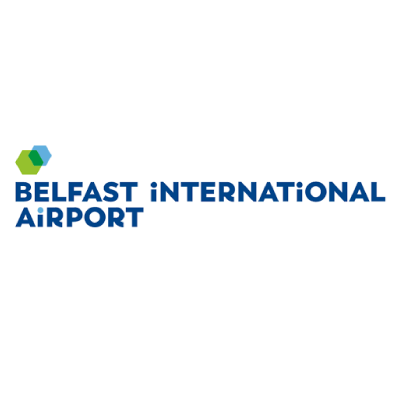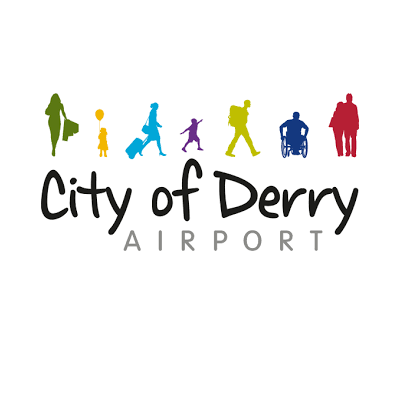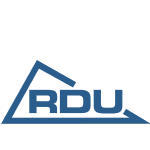According to digital marketing experts, 45% of businesses have no defined digital marketing strategy. These companies may be visible online and engage their customer base, but are missing opportunities to broaden their reach, influence and optimise their channels.
This becomes especially important when considering the customer buying journey, which is now split across channels and devices.
Deloitte reports that when social media is part of a buyer’s journey, customers convert at a 129% higher rate and are four times as likely to spend significantly more than those customers without a social component. Insight like this can make a huge difference to conversion rates and ROI.
Marketing efforts are directly linked to business goals
The right approach to marketing has become business-critical (Smart Insights). Companies without a digital strategy that is directly linked to their business goals are less able to sufficiently support customer acquisition/retention and customer services. A lack of clear goals often leaves a resources gap which in turn makes it harder to prove the worth of digital marketing. Ultimately, a strategy, it is more difficult to build a clear understanding of the online marketplace, leaving the way open for competitors to gain market share.
Digital marketing requires agility, versatility and having the customer in mind at all times
Top online brands such as Amazon, ASOS and Google all favour a dynamic approach, constantly trialing new ideas to win or keep their online audiences. SproutSocial put together a few social media marketing examples, that stood out from the crowd in 2018. What they all had in common? They concentrated on customer engagement – using social media to connect with and care for consumers.
By placing the customer at the heart of everything, all efforts become easily focussed on their needs, wants and likes – which is especially important in today’s fast-paced digital landscape.
To excel at digital marketing, invest in solid analytics
Success is clearly shown in the numbers, engagement is easily tracked across different channels with the right analytics in place. Strong analytics are necessary to evaluate campaigns and optimise conversions. But before getting lost down a rabbit hole in chase of the perfect KPIs and tracking methods, spend time mapping out customer touchpoints and define what is success to you.
By identifying the next step a customer should take after engaging with a piece of content, analytics become powerful. They prove your strategy is working and help with continuous improvement. Without a strategy, numbers become irrelevant, because the context is missing.
Ask ‘So what?’
Once your strategy is in place and the basics are working, start asking ‘So what?’ – What is the benefit to the business, why is this metric important? That way, it’s easy to manage continuous improvement of key aspects of your digital presence. Your digital presence should be consistent, clear and concise. It includes areas like site user experience (UX), email, social media marketing and search marketing.
Keep it simple
Planning and optimising your digital marketing efforts needn’t be complicated and time-consuming. Frameworks like Dr. Dave Chaffey’s ‘RACE’ are driving success for businesses across the board. He has written numerous books on digital marketing and has been recognised by the Chartered Institute of Marketing as having shaped the future of marketing.
How airports can win the digital marketing RACE in five steps
The RACE framework breaks down the marketing process into five distinct steps:
- Plan
- Reach
- Act
- Convert
- Engage
RACE gives strong building blocks, nurturing and converting leads, reaching the audiences most likely to convert, generating new leads and optimising your website’s landing pages for high conversion rates.
Plan
The planning stage involves using analysis and goal setting to create your marketing strategy. Identify strengths and weaknesses within your business, and look at the way you are affected by competitors and external forces such as seasonal peak times. Define a clear vision of what you want to achieve – this is an important goal-setting step that it can be easy to miss out or be vague about.
You want your business to do better, but can you be absolutely specific? The clearer your goals are, the easier it is to reach them.
Once you have a clear set of goals, it should be possible to see how your audience can be segmented to target them in the most productive way. Specialised, customised segmentation is an important part of the CRM toolkit and really works to ensure each customer receives a personalised, relevant marketing experience.
We explored the benefits of CRM software for airports here.
Reach
This step drives traffic to your main website using social media, search engines, blogs and other online platforms. It mainly involves building brand awareness through channels such as: search engine optimisation (SEO), social media marketing, press releases, paid advertising e.g. Facebook, LinkedIn, Google Adwords, PR and media outreach.
Looking for ad inspiration? Read ‘The Ultimate Guide to Targeted Ad Campaigns for Airports and Destination Marketers‘
Act
The word ‘interact’ is more appropriate here. The Act step is where a conversation begins between you and your customer or prospect, encouraging them to sign up to a newsletter or share viral content. Remember the examples from SproutSocial? They were successful because they engaged with their customers online.
Getting a new audience to act or participate is a major challenge – the bounce rate on many websites is more than 50% – so it’s vital to engage your audience with relevant, compelling content and clear navigation pathways. Encourage sharing on social media and set analytics reports for site visits, basket adds, customer sign-ups and product views.
RACE is a social strategy. The popularity of social media amongst web users makes ongoing engagement through social networks vital to brand success. Think about how you can use social media to achieve your goals and how you can measure its effectiveness.
Convert
This stage is where website visitors become paying customers, and includes all of the opportunities available to make a purchase, on and offline. It can be tempting to focus solely on this part of the customer journey and regard the rest as less important because they might not have a monetary value directly linked in. But that would be a big mistake, one that could hamper growth and set back a lot of the carefully planned out goals in step 1.
Engage
The ultimate goal of any business is turning one-off buyers to repeat customers. Good customer retention rates increase the profitability and reputation of your business. Those customers can not only be called upon for feedback and recommendations but be turned into brand advocates.
This phase of your strategy should include customer service and support, e-newsletters and promotions, loyalty rewards and mobile marketing.
Optimise your omnichannel experience
According to McKinsey, 61% of users are unlikely to return to a mobile site after a negative experience – 40% will go to a competitor’s site instead. By ensuring that your content is optimised across devices, your conversion and retention rates should see significant improvements.
Omnichannel includes offline channels too: Remember that digital marketing works best when integrated with other channels.
Use traditional media to raise awareness of the value of online resources and drive traffic to your website. At the Convert and Engage stages, customers may prefer to take their transaction offline – make sure customer representatives are available to help them. Don’t underestimate the power of visuals in the terminal either. By connecting your online and offline presences, your brand voice is strengthened and customers are more likely to convert.
Why we use RACE ourselves
This simple framework can be used daily to guide your digital marketing decisions, ensuring that resources are used effectively. RACE can help you build a strong marketing strategy quickly and painlessly, enabling you to act on business analytics to grow a strong, high-converting company.
At Rezcomm, we use this simple framework ourselves to guide our decisions and ensure that all of our marketing efforts as a B2B brand are goal-oriented and specific to our customers. We have decades of industry experience helping clients develop their data analytics and build strong revenue-growing strategies.
Our content is geared towards supporting airports in their sales and marketing approaches and we are more than happy to discuss potential campaign ideas and projects with you. Get in touch with us here or on social media!






























